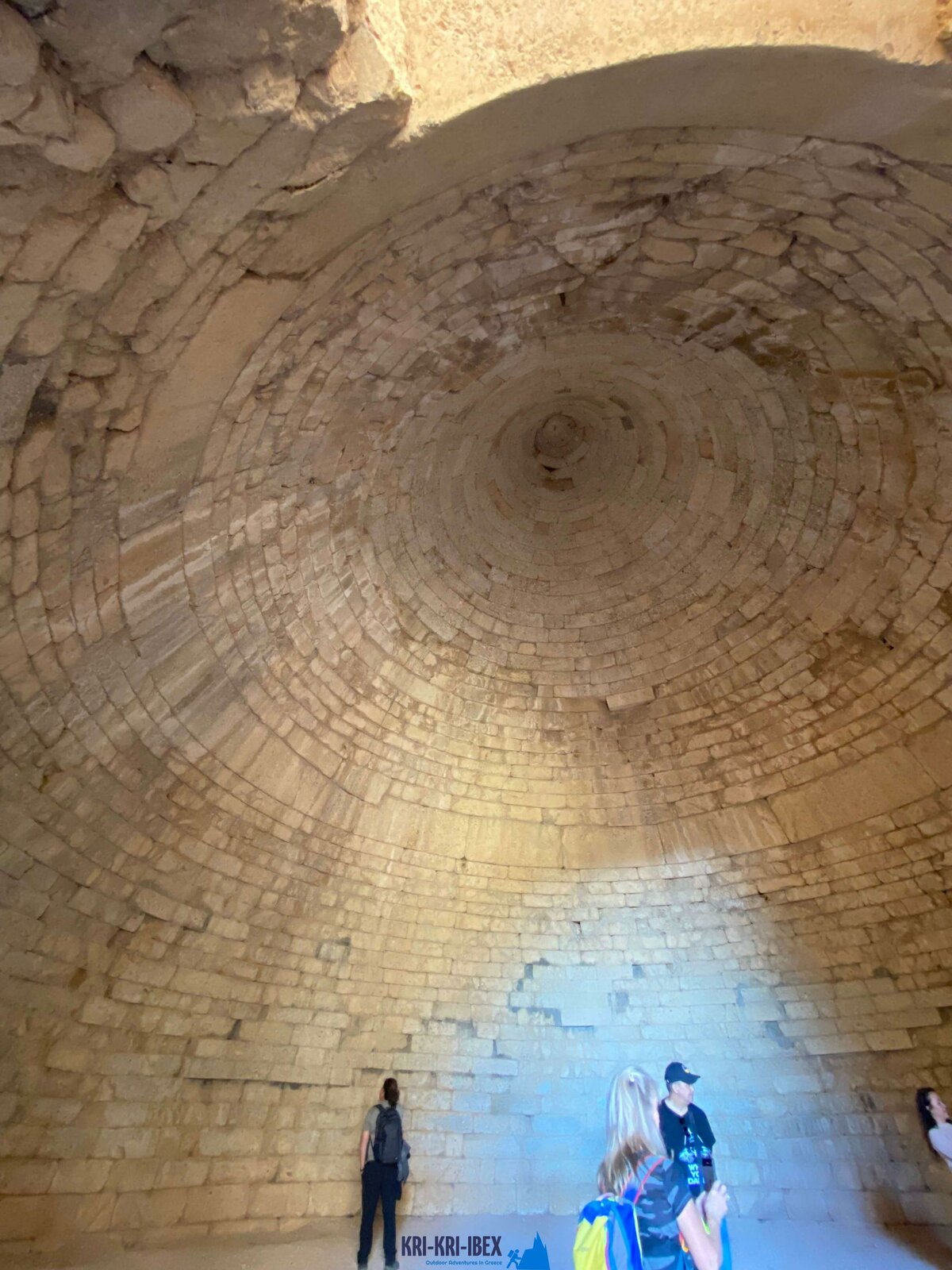Kri-kri ibex searching in Greece-- your desire trip
Kri-kri ibex searching in Greece-- your desire trip
Blog Article

This ibex search is different from those experienced by a lot of seekers! It's a fantastic trip and searching adventure all at once when hunting for Kri Kri ibex in Greece. A five-day exploration diving for shipwrecks and spearfishing involves searching for Kri Kri ibex on an exotic island. What else would certainly you such as?

There is no collection number of Ibexes, as the population rises and fall. The Kri-Kri is the tiniest ibex varieties (Capra Aegagrus Cretica) in terms of body weight, however it has some long horns. Even though some samplings were determined at 115 centimeters in size, they were not counted in the survey. Searching of the Kri-Kri ibex is currently occurring in Greece. An Ibex gold prize measures 24 inches long. Hunting is allowed on Atalanti and also Sapientza islands. On Atalanti, hunting is allowed from the recently of October to the first week of December. Hunting in Sapientza is permitted the whole month of November, thinking the climate agrees with.
What to Expect on a Peloponnese Tour? When you reserve among our searching and exploring Peloponnese Tours from Methoni, you can expect to be blown away by the all-natural appeal of the area. From the immaculate coastlines to the mountains and also forests, there is something for everybody to enjoy in the Peloponnese. On top of that, you will certainly have the opportunity to taste a few of the most effective food that Greece needs to provide. Greek cuisine is renowned for being tasty as well as fresh, and also you will certainly not be dissatisfied. One of the best parts about our excursions is that they are made to be both enjoyable and also instructional. You will certainly learn more about Greek history as well as culture while also reaching experience it firsthand. This is an incredible chance to immerse yourself in everything that Greece needs to provide.
Experience 'Real' Greece with Our Peloponnese Tours. If you're looking for an authentic Greek experience, look no more than our Peloponnese trips. From ancient damages as well as castles to delicious food and white wine, we'll show you every little thing that this impressive region has to use. So what are you waiting on? Schedule your trip today! Your Kri Kri ibex searching in Greece is right here!
What is the diference between Kri Kri ibex, Bezoar ibex and hybrid ibex
The kri-kri is not thought to be indigenous to Crete, most likely having been imported to the island during the time of the Minoan civilization. Nevertheless, it is found nowhere else and is therefore endemic to Crete. It was common throughout the Aegean but the peaks of the 8,000 ft (2,400 m) White Mountains of Western Crete are their last strongholds–particularly a series of almost vertical 3,000 ft (900 m) cliffs called ‘the Untrodden’—at the head of the Samaria Gorge. This mountain range, which hosts another 14 endemic animal species, is protected as a UNESCO Biosphere Reserve. In total, their range extends to the White Mountains, the Samaria National Forest and the islets of Dia, Thodorou, and Agii Pandes.
This Ibex is NOT a diminutive form of the Bezoar Ibex, which has migrated into the western-most reach of the range of this species. The kri – kri (Capra aegagrus cretica), sometimes called the Cretan goat, Agrimi, or Cretan Ibex, is a feral goat inhabiting the Eastern Mediterranean, previously considered a subspecies of wild goat. The kri-kri has a light brownish coat with a darker band around its neck. It has two horns that sweep back from the head. In the wild they are shy and avoid tourists, resting during the day. The animal can leap some distance or climb seemingly sheer cliffs.
“The agrimi goat Capra aegagrus cretica is unique to Crete and its offshore islands. It has been identi®ed as a sub-species of the wild bezoar goat Capra aegagrus aegagrus Erxleben, 1777, which it closely resembles in horn shape, body form and coloration. This classi®cation has been disputed by some researchers who claim that the agrimi are feral goats, derived from early domestic stock brought to the island by the ®rst Neolithic settlers. In order to clarify this issue, DNA analyses (cytochrome b and D loop sequences) were carried out on tissue of live and skeletonized agrimi and compared to sequences of wild and domestic caprines. Results conclusively show the agrimi to be a feral animal, that clades with domestic goats (Capra hircus) rather than with wild Asiatic bezoar. This study demonstrates that morphometric criteria do not necessarily re¯ect genetic af®nities, and that the taxonomic classi®cation of agrimi should be revised.”
Report this page